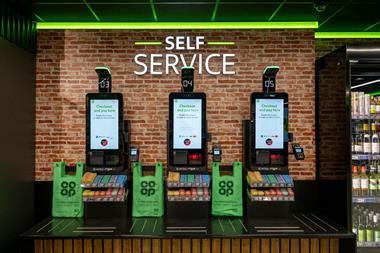For those that do push through the rate cut, EPoS suppliers say that changes to retailers’ EPoS systems should be fairly straight-forward as long as they have been set up properly.
But in practice, things are unlikely to be so simple.
The main issue for the IT department over the next few days is likely to be less about EPoS changes, and more about testing that the VAT rate change is properly replicated across all systems that use the figure.
As EPoS system supplier PCMS Group’s sales and marketing director Richard Goodall pointed out yesterday, the changing of EPoS systems will not be an issue but there will still be some work to do.
“Interface systems with head office need to be tested against real transactions, then signed off as ready to go,” he explained.
Butler Group senior research analyst Angela Eager said that it will mean “making, checking, and testing changes throughout the entire inventory, the up and downstream supplier network (catering for different change timelines of the various suppliers within the chain), and in back office systems and related processes such as financials and ERP systems.”
One other issue is that the VAT rate may be “hard coded” in some systems, and is much more likely in the myriad of Excel spreadsheets that many retailers still rely on to run their businesses.
Buyers and merchandisers could find that their margin calculations are out for the next few weeks if they have to manually change every instance of 17.5 per cent that they have at some time typed into a spreadsheet.
And there are more business issues to consider. Even if the VAT rate and prices can be reset easily, there is the issue that many retailers like to price to round numbers, or with a 99p on the end.
Having teams of staff work though every price to make it an acceptable number will be time-consuming and could require manual entry of new prices into multiple systems.
Retailers who run their e-commerce sites on systems that aren’t integrated – or who choose to price products on their site differently to their stores – will find that the volume of changes to be made will be even greater.
Ultimately, said Eager it will highlight which retailers have been successful in implementing systems that enable business agility: “This short notice (and relatively short term) VAT rate change will be a good test of how effective these changes have been, and highlight areas that need further attention.”


























1 Reader's comment